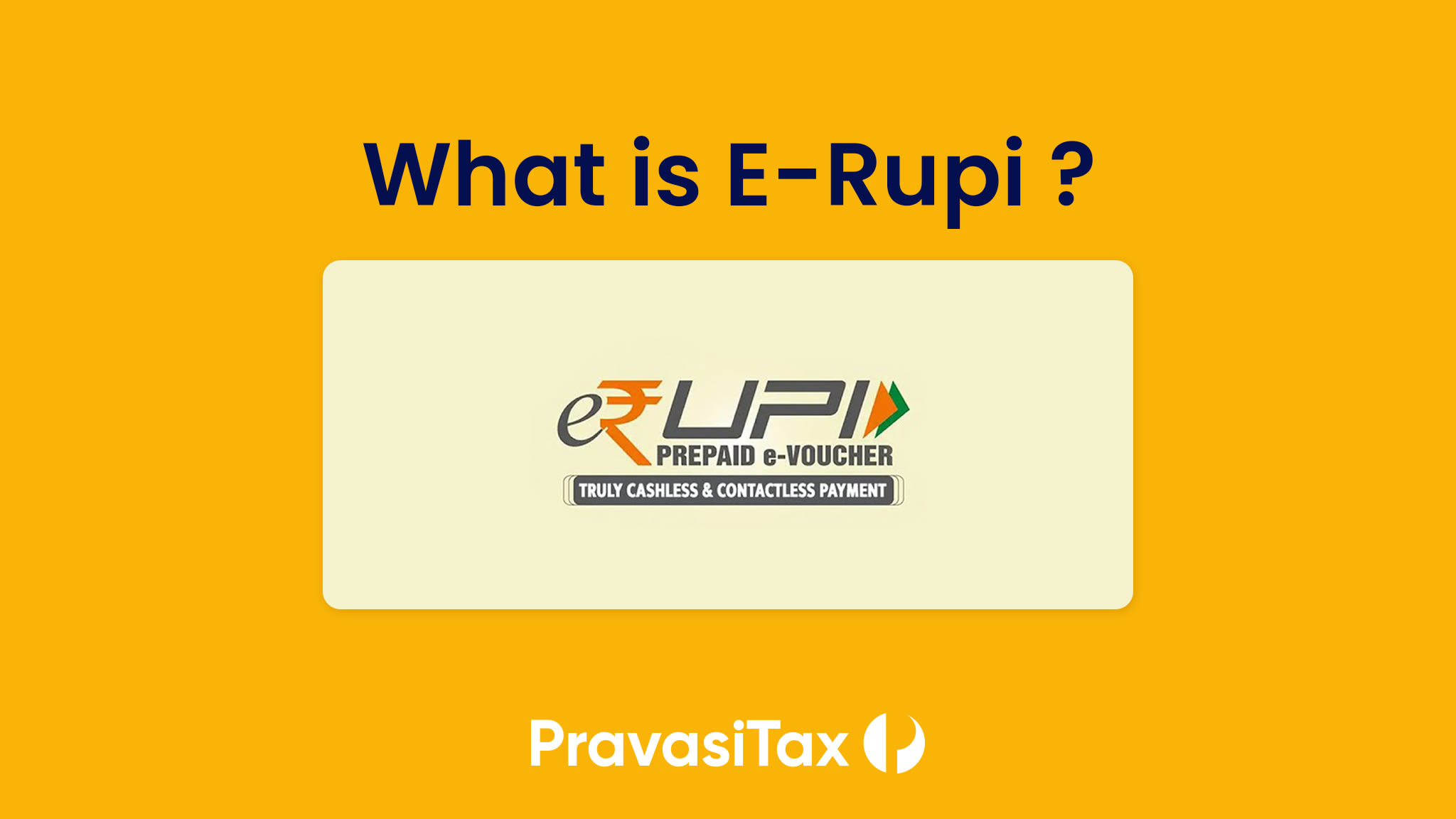
Prime Minister Narendra Modi launched an electronic voucher based digital payment system “e-RUPI” on Monday (02 August 2021). The platform has been developed by the National Payments Corporation of India in collaboration with other government departments.
Is it digital currency?
No. However, it is a first step by the Government towards the introduction of a new digital currency for India. The government is already working on developing a central bank digital currency and the launch of e-RUPI could potentially highlight the gaps in digital payments infrastructure that will be necessary for the success of the future digital currency or e-currency.
Is it a digital payment platform ?
No. The same is not a digital payment platform like google pay and PayTM.
So, what is it actually?
E-RUPI is a cashless and contactless digital payment solution. Through E-Rupi Indian government has tried to bring an electronic e-voucher system in India. It will act as a prepaid e-voucher which you can pay without any hassle. You don’t need a credit card, debit card, or any other service to pay.
It is, in essence, like a prepaid voucher except that the voucher is entirely digital and the payments will be authorised by institutions like the government or banks.
For instance, suppose you get an e-RUPI voucher for a getting a COVID vaccination. The said voucher can only be redeemed to obtain the said vaccine.
How does it help?
India faces a massive problem with respect to distribution of subsidies to real beneficiaries. For instance, there are middlemen in the existing system claiming benefits ineligible to them.
The Prime Minister said that the e -RUPI voucher is going to play a huge role in making DBT (Direct Benefit Transfer) more effective in digital transactions in the country and will give a new dimension to digital governance. This will help everyone in targeted, transparent and leakage-free delivery.
It can also be used for delivering services under schemes meant for providing drugs and nutritional support under Mother and Child welfare schemes, TB eradication programs, drugs and diagnostics under schemes like Ayushman Bharat Pradhan Mantri Jan Arogya Yojana, fertilizer subsidies, etc.
For example, in India the only way that a parent (in a remote village) who is struggling to finance their child’s education is to send them to a government school (which would be underfunded, have no proper infrastructure and suffer from issues such as teacher absenteeism, irresponsible administrators). However, under the new e-RUPI Model, the Government would provide a voucher to the parent for the child’s education which could be redeemed at a school of their choice. Therefore, the school would need to collect these vouchers from the students and redeem them in order to see any money in their accounts. This way government funds will go to institutions that perform and the ones that don’t, will suffer the consequences.
What are its uses?
e-RUPI is a cashless and contactless instrument for digital payments. It acts as an e-voucher based on a QR code or SMS string, which is delivered to the mobile phones of the beneficiaries.”
Meaning, the government could technically send an SMS to an Aadhar linked number and transfer the subsidy this way. All you have to do then is redeem this e-voucher and use it to fund the child’s education.
This way the system ensures leak-proof delivery of government's welfare services to the intended beneficiaries. Further, e-RUPI will connect the sponsors of the services with the beneficiaries and service providers in a digital manner without any physical interface.
The PMO also added that even the private sector can “leverage these digital vouchers as part of their employee welfare and corporate social responsibility programmes". NHA opined that the advantage of using e-RUPI is that voucher redemption can be tracked by the issuer.
How does it work?
The system has been built by NPCI on its UPI platform, and has on boarded banks that will be the issuing entities. Any corporate or government agency will have to approach the partner banks, which are both private and public-sector lenders, with the details of specific persons and the purpose for which payments have to be made. The beneficiaries will be identified using their mobile number and a voucher allocated by a bank to the service provider in the name of a given person would only be delivered to that person.
This way the Government through e- RUPI is able create a person-specific and purpose-specific payments system.
